Uttarakhand, nestled in the northern Himalayas, is renowned for its natural beauty, rich culture and vibrant traditions. The state celebrates numerous festivals throughout the year, with harvest festivals being particularly significant. These festivals not only mark the changing agricultural seasons but also reflect the deep connection between the people and the land. Harvest festivals of Uttarakhand are a time for expressing gratitude to nature, honouring deities and celebrating the abundance of crops. With vibrant folk dances, rituals, and traditional foods, these festivals showcase the cultural diversity and agricultural heritage of the region.
Location
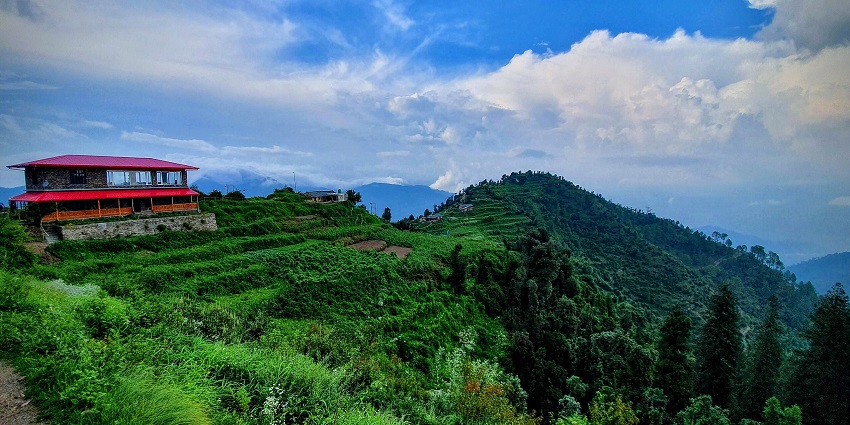
Photo: Kalsigaurav / Wikimedia Commons
Uttarakhand is located in the northern part of India, bordered by Himachal Pradesh to the northwest, Uttar Pradesh to the south and Nepal and China to the east. The state is a part of the Indian Himalayas, offering breathtaking landscapes of mountains, rivers and forests. Known for its hill stations, temples and wildlife, Uttarakhand is a popular destination for nature lovers and spiritual seekers.
Suggested Read: A Trip To Jungle Safari In Rishikesh
How To Reach
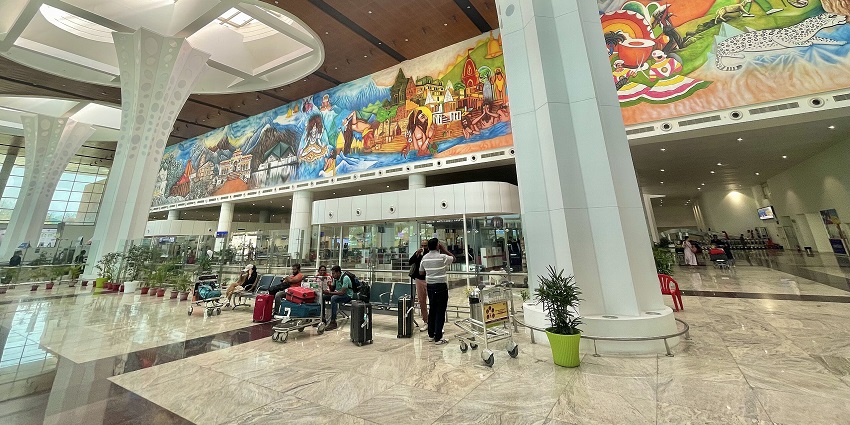
Photo: Anonymous8010 / Wikimedia Commons
By Air: The state is served by Dehradun’s Jolly Grant Airport, offering flights from major cities like Delhi, Mumbai and Bangalore.
By Rail: The nearest railway station is in Dehradun, with connectivity to major cities across India.
By Road: Uttarakhand is well-connected by national highways, and buses are available from Delhi and nearby states, making it easily accessible by road.
Main Harvest Festivals Of Uttarakhand
Celebrate life’s seasons through these harvest festivals of Uttarakhand, reflecting the colourful festive traditions of the state:
1. Phool Dei
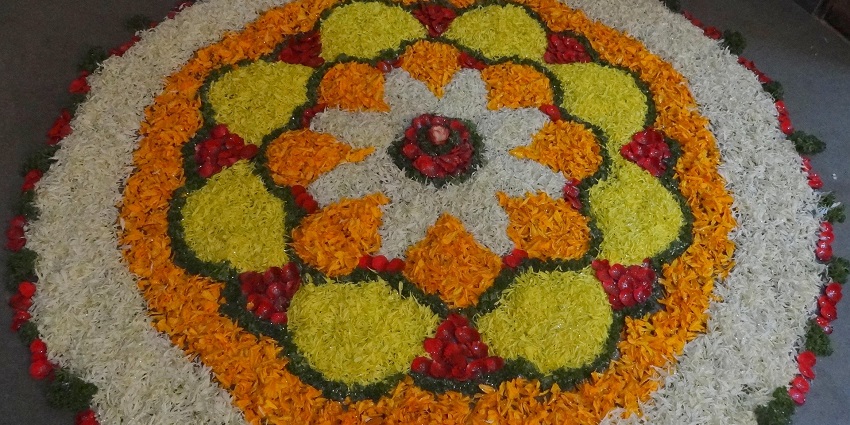
Photo: prasadganapule69 / Pixabay / Image For Representation Only
Phool Dei is a beautiful spring festival celebrated in Uttarakhand to welcome the harvest season and celebrate nature’s bounty. It is primarily observed in the months of March and April, marking the start of the Hindu lunar month Chaitra. Traditionally, young girls participate by collecting flowers from gardens, rice, coconut and other seasonal offerings. This is to create intricate floral arrangements, which they place at the doorsteps of homes. A significant aspect of the celebration is the preparation of a special dish called ‘dei,’ made from rice, jaggery and flour. People receive blessings in the form of sweets and gifts in return. The community comes together, fostering unity and strengthening bonds.
Celebration Month: March – April
Special Attractions: Floral decorations, traditional folk songs, sharing of ‘dei’ pudding and blessings for prosperity
Suggested Read: Luxury Camping In Rishikesh
2. Ghee Sankranti (Olgia)
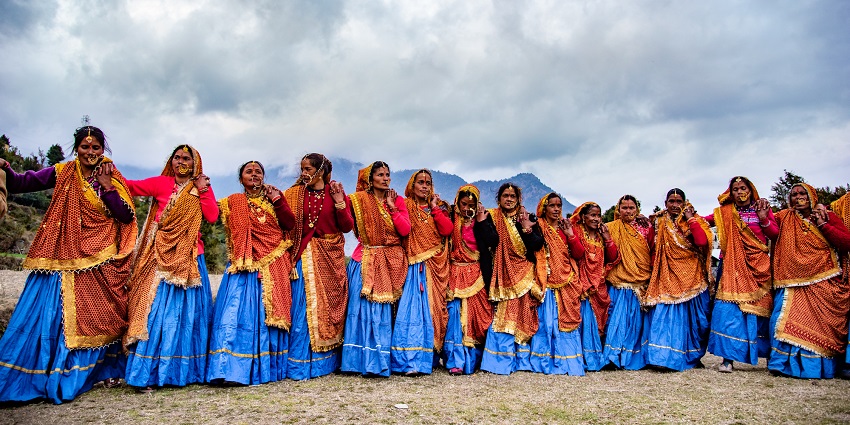
Photo: Amitsah8888 / Wikimedia Commons / Image For Representation Only
Ghee Sankranti, also known as Olgia, is a harvest festival celebrated in Uttarakhand, marking the arrival of the monsoon season. The festival typically takes place in mid-August, corresponding to the first day of Bhado, according to the Hindu calendar. It is a celebration of the abundance of crops, especially dairy products. The primary ritual involves the consumption of foods made with ghee, symbolising health and prosperity. Families often gather to exchange gifts, with the sons-in-law offering presents to their father-in-law, and nephews presenting gifts to maternal uncles. Special dishes like chapatis made with ghee and urad dal are enjoyed.
Celebration Month: August
Special Attractions: Exchange of gifts, consumption of ghee-infused dishes like chapatis and family gatherings
3. Harela And Bhitauli
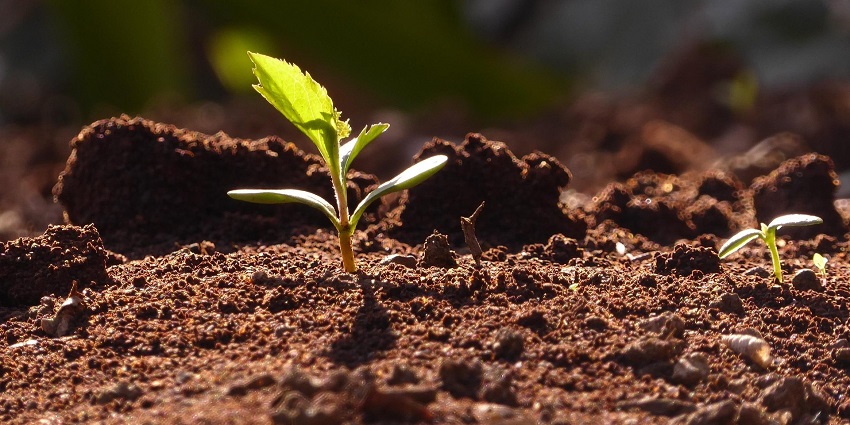
Photo: katsuwow / Pixabay / Image For Representation Only
Harela and Bhitauli are traditional festivals observed by the Kumaoni community in Uttarakhand, both linked to the agricultural cycle. This marks the beginning of the monsoon, a symbol of prosperity and environmental conservation. It involves sowing seeds in small baskets, which are kept in homes to sprout into greenery. These greens are then placed on heads as a blessing. Bhitauli is celebrated alongside Harela, where daughters and sisters are given gifts and money by their families. This festival reinforces social bonds and promotes gratitude towards nature. Together, Harela and Bhitauli highlight the connection between the land, agriculture, and community.
Celebration Months: March-April (Chaitra Navratri), July-August (Shravan month)
Special Attractions: Sowing of seeds, distribution of sprouted greens as blessings and exchange of gifts between family members
Suggested Read: Scenic Spots For Camping In Dhanaulti For A Mountain Retreat
4. Hill Jatra
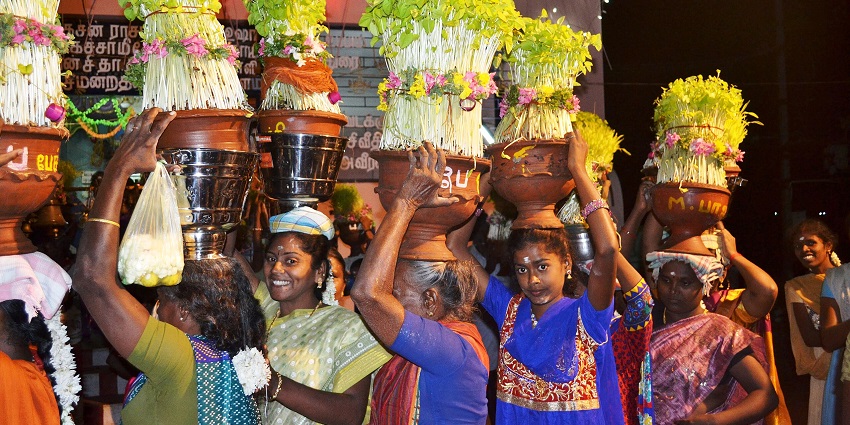
Photo: MAriska MA Veepilaikaliyamma / Wikimedia Commons / Image For Representation Only
Hill Jatra is a lively, vibrant festival celebrated predominantly in the Pithoragarh district of Uttarakhand. The festival has its roots in agricultural traditions and is associated with welcoming the sowing season. Hill Jatra is characterised by folk performances, vibrant dances, and rituals that depict the agricultural cycles of the region. Masked dances and performances featuring local deities are key highlights of the festival. These performances often portray the hardships faced by farmers and celebrate the bond between nature, animals, and humans. As a symbol of community spirit, Hill Jatra fosters social unity and a sense of gratitude towards deities and nature for bountiful harvests.
Celebration Month: Varies (typically aligned with the agricultural calendar)
Special Attractions: Folk performances, masked dances, rituals depicting farming life and community bonding
5. Bissu Mela
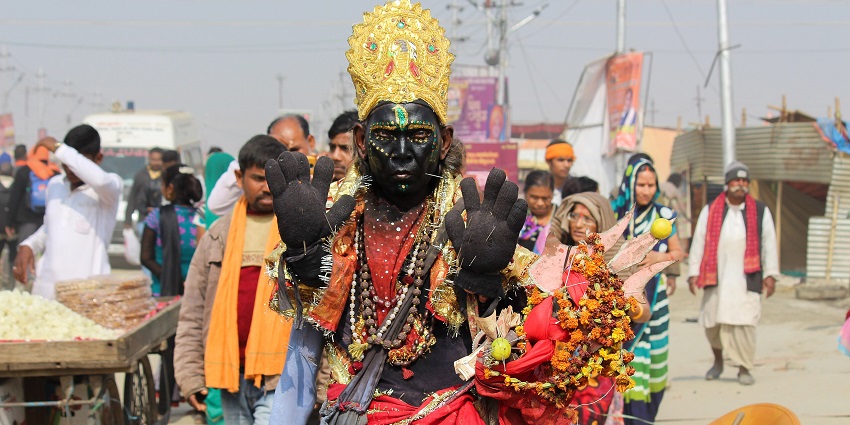
Photo: Purva Goel / Wikimedia Commons / Image For Representation Only
Bissu Mela is a unique and colorful festival celebrated by the Jaunsari tribe of Uttarakhand, marking the arrival of the New Year and the harvest season. It is celebrated primarily in the month of April and is a reflection of the agrarian lifestyle of the Jaunsari people. The festival is an exuberant display of cultural heritage, with performances of traditional music, dance and rituals. The festival also emphasises community bonding, as people of all ages participate in the festivities. It is a perfect time to experience the vibrant cultural traditions of Uttarakhand’s tribal communities.
Celebration Month: April
Special Attractions: Traditional music and dance performances, local cuisine and community gatherings
Suggested Read: Explore The Best Camping In Mussoorie
Where To Stay

Photo: hshotels / Pixabay / Image For Representation Only
Uttarakhand offers a variety of accommodation options to suit every traveller’s preference. In popular cities like Dehradun, Nainital and Mussoorie, visitors can find luxury hotels like The Solitaire, The Naini Retreat and Jaypee Residency. These offer modern amenities and stunning views. For those seeking a more rustic experience, eco-friendly resorts like Camp Red Stone and homestays in Rishikesh provide a serene atmosphere. Budget travellers can opt for guesthouses like The Tashkent and lodges in Almora. With its diverse range of accommodations, Uttarakhand ensures a comfortable stay for all types of visitors, whether seeking luxury or simplicity.
Where To Eat
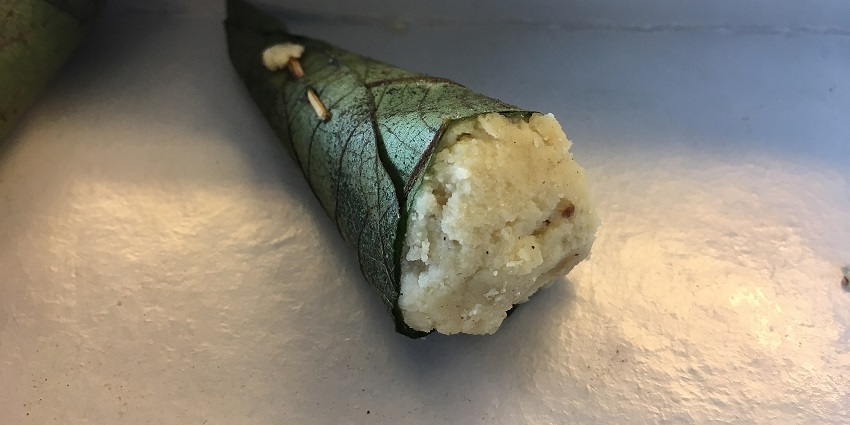
Photo: Vinaysharmahbd / Wikimedia Commons
Uttarakhand offers a range of delightful dining options, from local eateries to upscale restaurants. In cities like Dehradun and Nainital, visitors can savour regional dishes at local restaurants such as The Dining Room (Dehradun) and Chotiwala (Haridwar). Popular foods to try include aloo ke gutke (spicy potatoes), gundruk (fermented leafy greens), kachmauli (stuffed fish), and singodi (sweet made from khoya and coconut). For a true taste of the region, don’t miss bal mithai, a famous local sweet. You can also explore vibrant food stalls in hill stations offering traditional snacks like samo and phaanu.
Suggested Read: Uttarakhand Bungee Jumping
Best Time To Visit
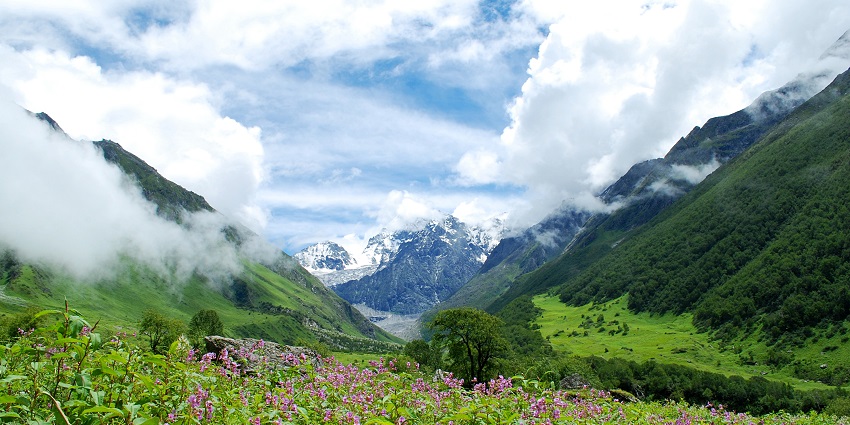
Photo: Alosh Bennett / Wikimedia Commons / Image For Representation Only
One of the best times to visit Uttarakhand is during its harvest festivals from March to April and August to September. During March to April, visitors can experience Phool Dei, a spring festival that celebrates the start of the harvest season with floral decorations, folk songs and blessings for prosperity. The months of August to September are ideal for witnessing Ghee Sankranti (Olgia) and Harela, which celebrate the abundance of crops and the monsoon. These festivals are marked by vibrant rituals, traditional dances and feasts, offering a glimpse into the rich agricultural culture of the region.
Other Factors To Consider
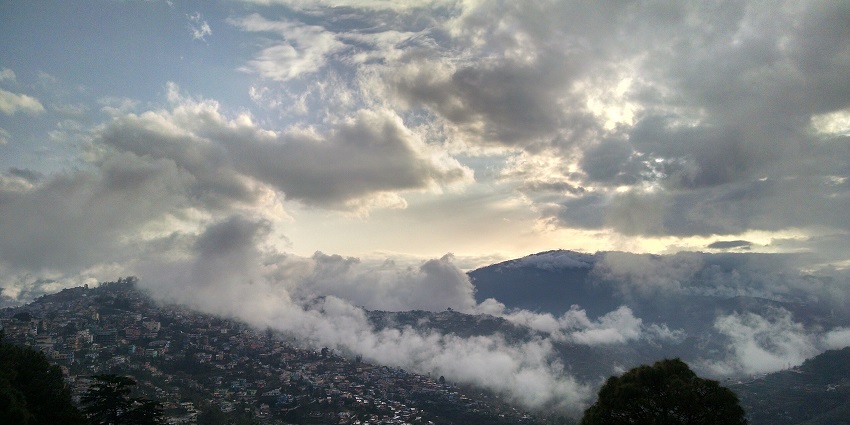
Photo: Ikneet / Wikimedia Commons / Image For Representation Only
Tips For Travellers
- Uttarakhand’s weather can be unpredictable, so pack layers, comfortable walking shoes, and a raincoat.
- While major cities have ATMs, remote areas may not, so it’s best to carry enough cash for small purchases and travel.
- Be mindful of local traditions and customs, especially during festivals like Phool Dei and Ghee Sankranti, where cultural practices are highly valued.
- Especially during festival seasons, popular tourist spots can get crowded. Plan accordingly.
- The hilly terrain can be strenuous, so carry water and stay hydrated during your travels.
Suggested Read: Valleys In Uttarakhand You Must Visit For A Breathtaking Experience
Uttarakhand offers an enriching experience, especially during its harvest festivals. The region’s agricultural traditions come to life with festivals like Phool Dei, Ghee Sankranti, and Harela, where communities celebrate the abundance of nature with joy and gratitude. The stunning scenery, coupled with these lively harvest festivals of Uttarakhand, makes it an unforgettable destination. Plan your visit to Uttarakhand with TripXL during these festivals.
Cover Photo: Amitsah8888 / Wikimedia Commons / Image For Representation Only


 WhatsApp
WhatsApp
 Twitter
Twitter









